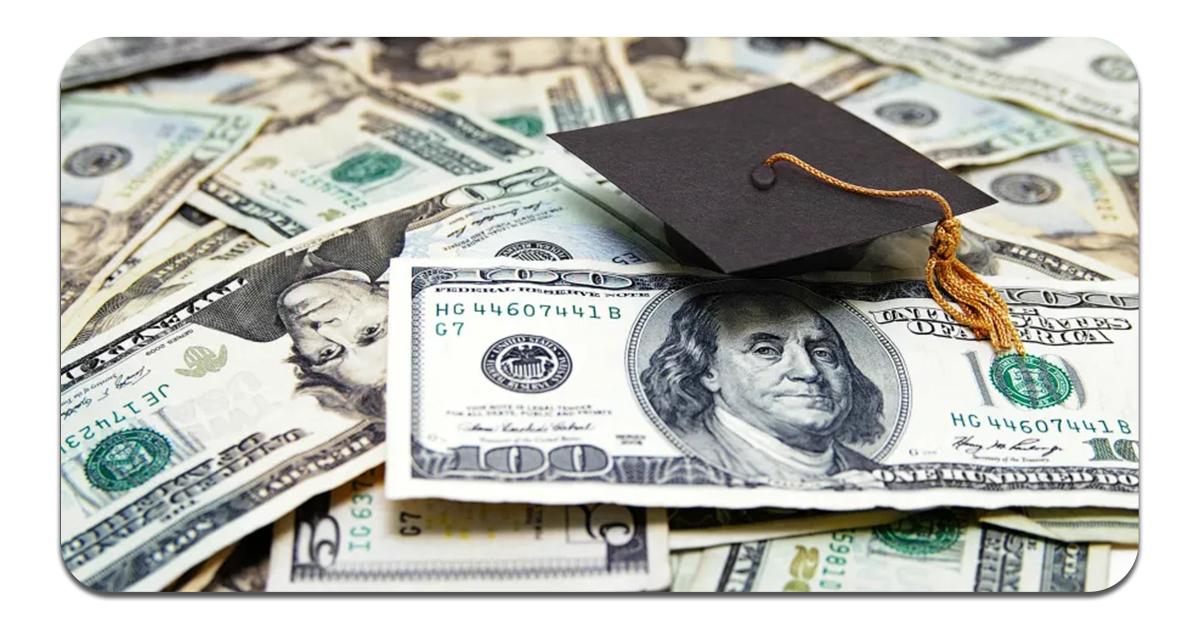
Borrowers in Default on Federal Student Loans Face Imminent Collection Efforts
On April 21, 2025, the U.S. Department of Education announced that it will resume collections on defaulted federal student loans starting May 5, 2025. The federal government hasn’t collected on defaulted loans since March 2020. Here is some background followed by answers to questions about the new policy.
A history of payment pauses and court challenges
The coronavirus pandemic ushered in a series of student loan payment pauses for federal loan borrowers starting in March 2020. In August 2022, then-President Biden signed an executive order cancelling up to $10,000 of federal student loan debt ($20,000 for Pell Grant recipients) for certain borrowers, an order that was subsequently struck down by the U.S. Supreme Court. In June 2023, Congress officially ended the student loan payment moratorium, and the Department of Education announced that federal student loan payments would resume in October 2023. Around the same time, the Department created the Saving on a Valuable Education (SAVE) Repayment Plan, which offered borrowers lower monthly payments and a faster path to loan forgiveness. After SAVE was passed, it faced multiple legal challenges and was eventually blocked by a federal appeals court in August 2024, leaving many borrowers in repayment limbo.
Who does this new enforcement policy apply to?
In its April 21 announcement, the Department of Education noted the following statistics:
- 42.7 million federal student loan borrowers owe more than $1.6 trillion in student debt
- More than five million borrowers have not made a monthly payment in over 360 days and are in default
- Four million borrowers are in late-stage delinquency (91–180 days)
The new collections policy technically applies to all 42.7 million borrowers but will most immediately affect the five million borrowers who are currently in default and the four million borrowers who are close to default.
Note: Different federal student loans may have different rules on when default status is reached. You can
visit the federal student aid website for more information.
What will happen to borrowers in default?
Starting May 5, 2025, the Education Department will refer all borrowers whose federal student loans are in default to a federal debt collection service (the Treasury Offset Program) administered by the Treasury Department. Before that date, all borrowers in default should receive email communications from the Office of Federal Student Aid (FSA) encouraging them to start making payments, enroll in an income-driven
repayment plan, or sign up for loan rehabilitation.
Borrowers (whether student or parent) who are unable to make payments after “sufficient notice and opportunity” will be subject to involuntary collections, which could include wage garnishment. The FSA office expects to send required notices to borrowers about wage garnishment later this summer. Wage garnishment means borrowers in default could see automatic deductions from their paychecks to cover
loan payments. Borrowers delinquent on their student loans (missing a payment for 90 days or more) also risk a negative impact to their credit score, which can make it harder to rent an apartment (if a credit check is required) or obtain a credit card, car loan, or mortgage.
Over the next two months, the FSA office plans to send borrowers ongoing email communications with additional information and resources, including an enhanced loan simulator tool, extended call times at loan services, and a streamlined income-driven repayment process that will shorten enrolment times and eliminate the need for annual income re-certification. More information will be available on the federal student aid website in the coming weeks.
Source: U.S. Department of Education, April 21, 2025
IMPORTANT DISCLOSURES
Broad ridge Investor Communication Solutions, Inc. does not provide investment, tax, legal, or retirement advice or recommendations. The information presented here is not specific to any individual’s personal circumstances.
To the extent that this material concerns tax matters, it is not intended or written to be used, and cannot be used, by a taxpayer for the purpose of avoiding penalties that may be imposed by law. Each taxpayer should seek independent advice from a tax professional based on his or her individual circumstances.
These materials are provided for general information and educational purposes based upon publicly available information from sources believed to be reliable — we cannot assure the accuracy or completeness of these materials. The information in these materials may change at any time and without notice.
